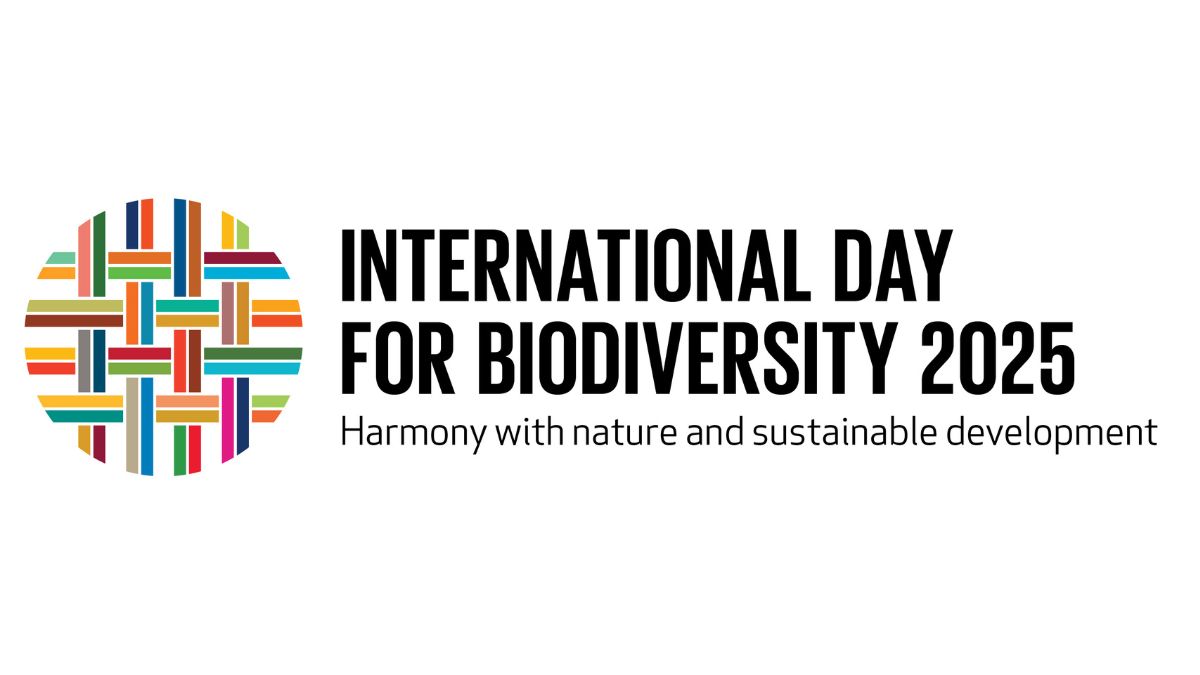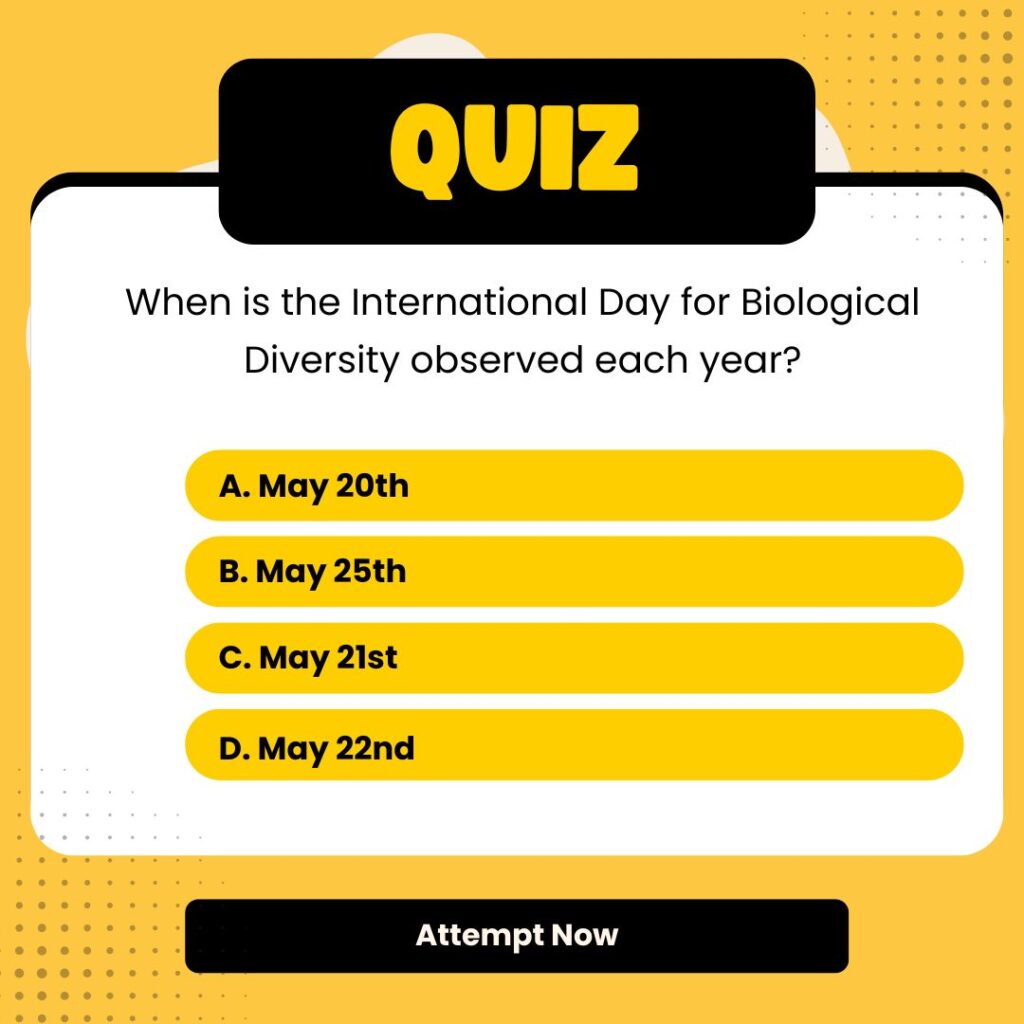Observed annually on May 22, the International Day for Biological Diversity aims to increase global understanding and awareness of biodiversity issues. In 2025, the day assumes greater urgency as the world collectively works towards achieving the goals set by the Kunming-Montreal Global Biodiversity Framework and the Sustainable Development Goals (SDGs). The 2025 theme, “Harmony with Nature and Sustainable Development,” underscores the deep interconnection between biodiversity protection and sustainable living.
Origin and Historical Context
- The Convention on Biological Diversity (CBD) was opened for signature at the Earth Summit in Rio de Janeiro on June 5, 1992, and came into force on December 29, 1993.
- Initially, December 29 was celebrated as the International Day for Biological Diversity.
- However, in 2000, the UN General Assembly shifted the observance to May 22, the date on which the CBD was adopted, to give the event greater visibility and impact.
Why Biodiversity Matters
Biodiversity encompasses the variety of life on Earth, including plants, animals, fungi, and microorganisms, along with the ecosystems they form. It serves as the foundation of life-support systems and contributes to,
- Food and water security
- Pollination of crops
- Climate regulation
- Medicinal resources
- Ecosystem resilience
Livelihoods for millions of people
However, biodiversity is facing an unprecedented global decline. A 2019 UN report found that 1 million species are at risk of extinction due to human activity, such as,
- Deforestation
- Pollution
- Overexploitation of species
- Climate change
- Habitat destruction
Theme of 2025: Harmony with Nature and Sustainable Development
- The 2025 theme emphasizes the interlinked goals of halting biodiversity loss and promoting sustainable development.
- It calls on governments, civil society, Indigenous communities, scientists, businesses, and individuals to act urgently and collaboratively.
- The theme also aligns with the Kunming-Montreal Global Biodiversity Framework, which aims to halt and reverse biodiversity loss by 2030.
Global Observances and Activities
Worldwide, the day is observed with various events,
- Educational campaigns in schools and universities
- Tree plantation drives
- Biodiversity fairs and exhibitions
- Workshops and seminars on conservation
- Community clean-up drives
- Government policy discussions
The United Nations, environmental NGOs, scientific institutions, and local communities all play an active role in celebrating the day and fostering public awareness.
Biological Diversity: A Key to the SDGs
Biological diversity underpins many of the 17 SDGs, particularly,
- SDG 2 (Zero Hunger) – through sustainable agriculture
- SDG 3 (Good Health and Well-being) – via medicinal biodiversity
- SDG 6 (Clean Water and Sanitation) – through healthy aquatic ecosystems
- SDG 13 (Climate Action) – by regulating atmospheric carbon
- SDG 15 (Life on Land) – focused directly on protecting terrestrial ecosystems
Major Challenges and Way Forward
Despite global frameworks and agreements, several obstacles remain,
- Lack of enforcement of biodiversity laws
- Insufficient funding for conservation programs
- Weak local engagement
- Conflict between development and conservation goals
To overcome these, international cooperation and local-level action are crucial. Empowering communities, especially Indigenous peoples who are custodians of much of the world’s biodiversity, is a vital step forward.




 National Energy Conservation Day 2025: M...
National Energy Conservation Day 2025: M...
 International Day Against Colonialism in...
International Day Against Colonialism in...
 International Day of Neutrality (12 Dece...
International Day of Neutrality (12 Dece...







